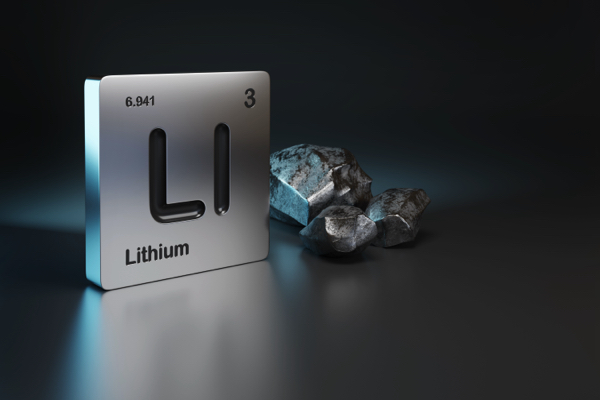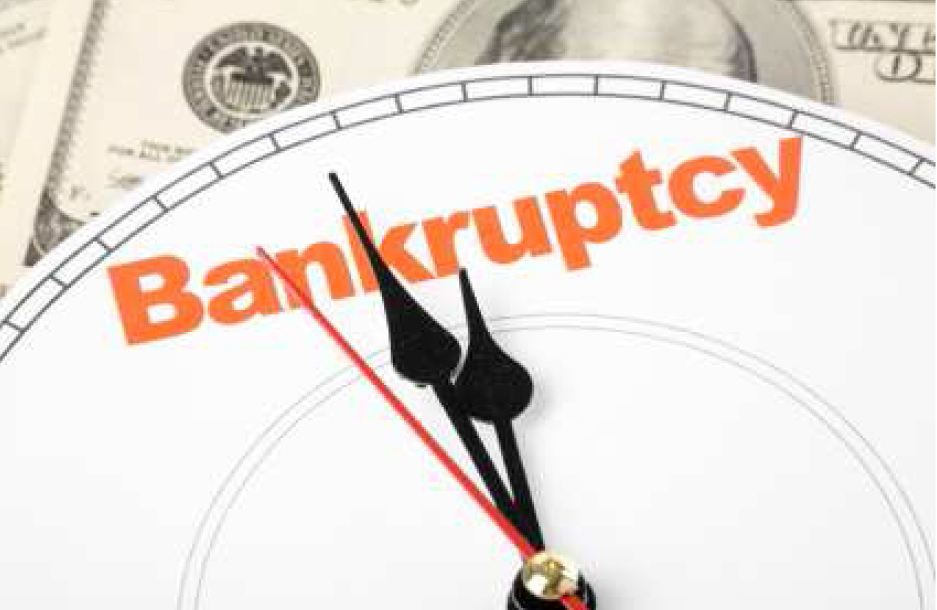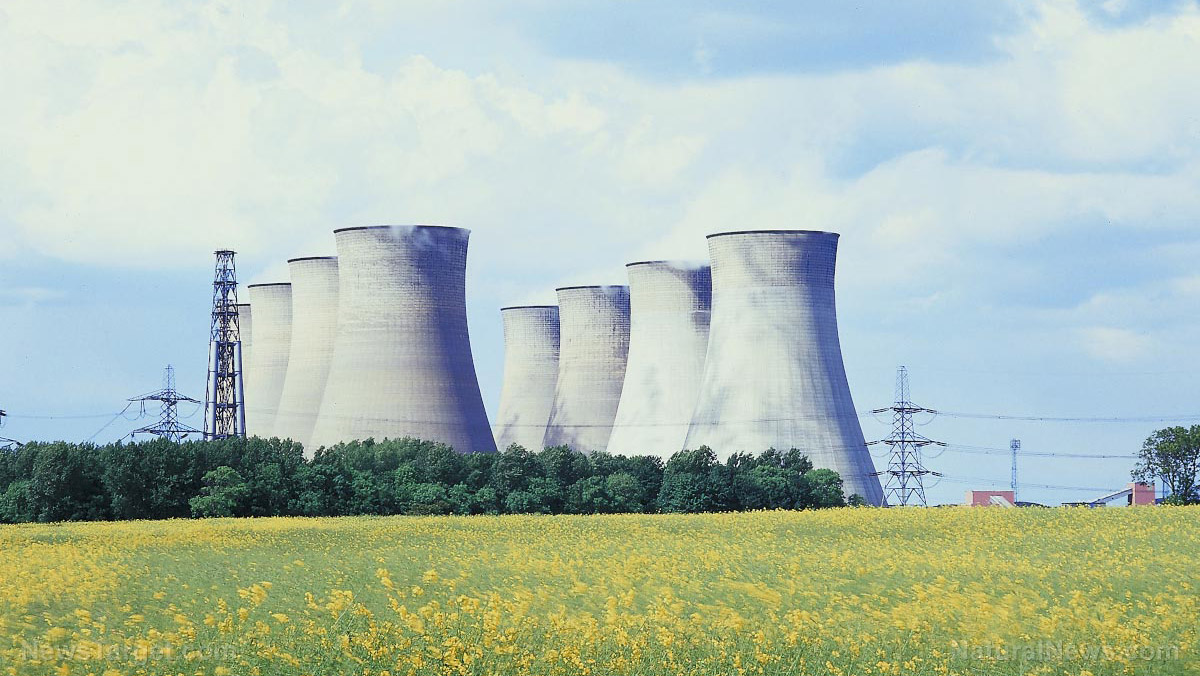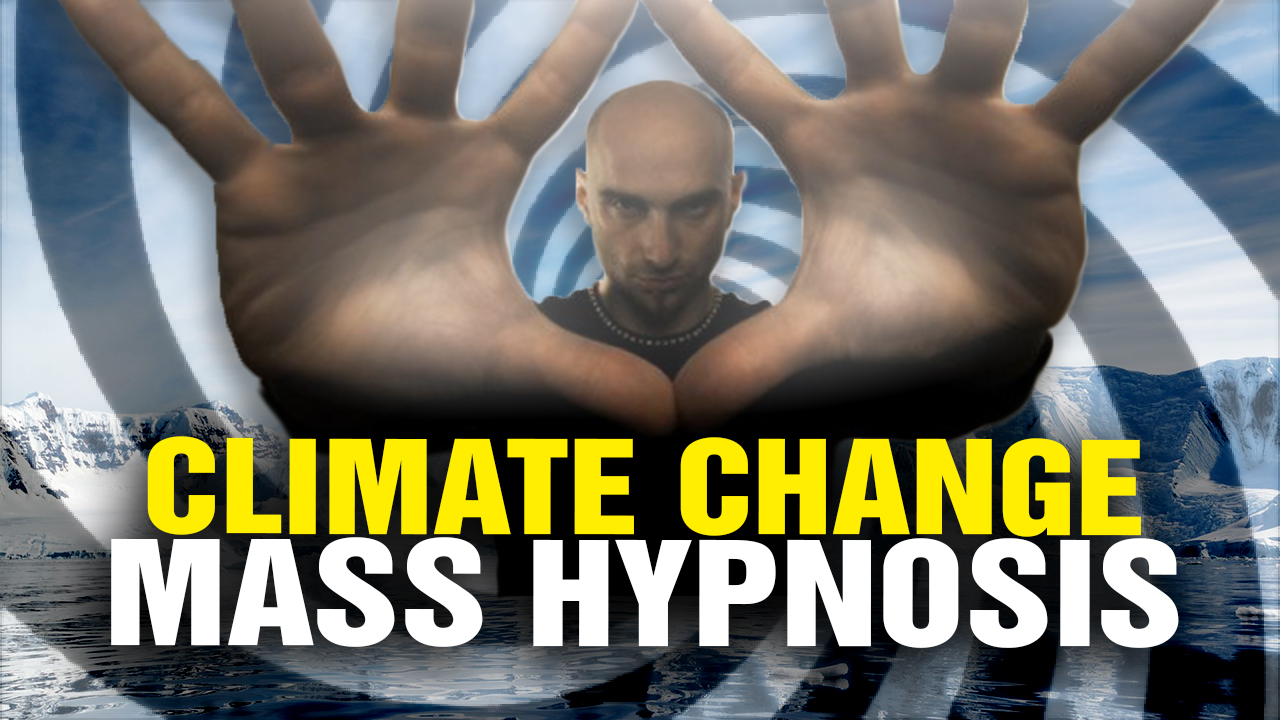 Parler
Parler Gab
Gab
- Lithium mining in Chile’s Atacama Desert consumes staggering amounts of water — 65 percent of the region’s water supply — while local farmers struggle to survive.
- The industry’s explosive growth (global demand more than doubled between 2021 and 2024) comes at the expense of flamingos, wetlands, and ancient carob trees.
- Indigenous communities, sidelined in decision-making, warn that corporations treat their homeland as a "natural laboratory" for untested extraction technologies.
- Despite promises of economic benefits, locals reject hollow payouts, preferring their ancestral right to water and land over temporary financial relief.
The water wars: "Before, the Vega was green. Now, everything is dry"
For Raquel Celina Rodriguez, the Atacama salt flats were once a thriving oasis. "You couldn’t see the animals through the grass," she recalls, her voice thick with sorrow. Today, the land is cracked and barren, her family’s sheep-rearing tradition decimated by drought and the relentless thirst of lithium mining. Each ton of lithium extracted requires 500,000 gallons of water, draining aquifers that took millennia to form. In Peine, Sergio Cubillos watches as his community’s drinking water systems collapse, replaced by pipelines feeding corporate evaporation pools. "Mining companies have taken millions of cubic meters," he says. "Decisions are made in Santiago — far from the people who suffer." Biologist Faviola González documents the fallout in Los Flamencos National Reserve, where flamingo chicks are a rare sight and shrinking lagoons disrupt entire food chains. "The water here is ancient," she explains. "If we take too much, there’s nothing left to replenish it." A 2022 report by the U.S. National Resources Defense Council found that one-third of native carob trees near SQM mining sites had died by 2013. Yet, as Faviola notes, the world shrugs: "Electric cars are for Europeans — not us. But it’s our water they’re stealing."Corporate greenwashing: New technologies, old exploitation
Mining giants like SQM now promise "sustainable" solutions — direct lithium extraction, water reinjection — but locals see these as gambles with devastating stakes. "The Atacama is an experiment," Faviola warns. Valentín Barrera, SQM’s sustainability deputy, insists their pilots recover "over a million cubic meters of water," with full-scale changes by 2031. But Sara Plaza, a lifelong resident, scoffs: "They gave us money, but I’d trade it all for the water we’ve lost." Chile’s government, eager to cash in on the lithium boom, touts its "National Lithium Strategy" as climate action. Yet, as Prof. Karen Smith Stegen observes, "Indigenous communities don’t want jobs — they want their land." Daniel Jimenez, a pro-mining consultant, dismisses their protests as greed: "This is about money." But Sergio Cubillos fires back: "We won’t let Peine become a ghost town for their profits." The Atacama’s plight mirrors a chilling pattern: the green energy revolution, hailed as salvation, is built on sacrifice zones — places ravaged so others can feel virtuous. As Faviola notes, the Global North’s carbon footprint dwarfs South America’s, yet it’s her flamingos, her water paying the price. "Lithium may end," Sara Plaza whispers, tears welling. "Then what? No water, no crops—just dust." Chile’s salt flats hold a bitter lesson: you cannot save the planet by destroying its people. Sources include: DailySkeptic.org BBC.com Enoch, Brighteon.aiTrump’s $1 trillion AI data center boom strains Texas grid — nuclear power eyed as solution
By Finn Heartley // Share
Central banks ramp up domestic gold purchases, often sourcing from local mines
By Ramon Tomey // Share
Westinghouse announces 10 new AP1000 nuclear reactors for U.S. energy grid by 2030
By Finn Heartley // Share
More than 65 deli meat products RECALLED in Canada over Salmonella outbreak
By ramontomeydw // Share
By newseditors // Share
Humanitarian aid from hell: The extermination of Palestinians is being disguised as help
By newseditors // Share
The total unaccountability of Israel demonstrates the moral failure of the Western world
By newseditors // Share











